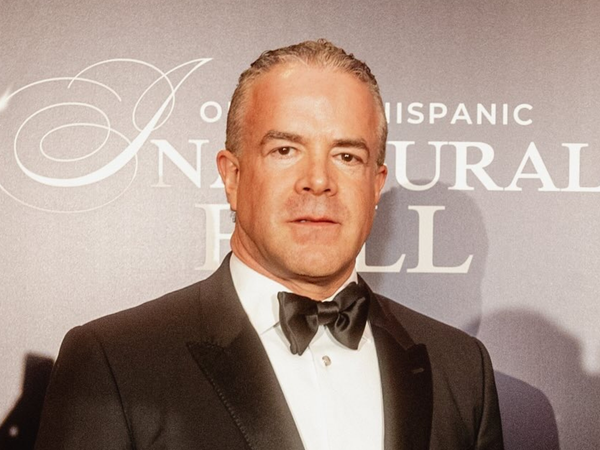
The search for financial security leads many people to seek guidance from so-called “investment gurus.” Everyone wants a shortcut to smart investing, but not every advisor is trustworthy. Spotting a fraudulent investment guru can save you from costly mistakes and years of regret. With scams becoming more sophisticated, it’s more important than ever to recognize the warning signs. This guide will help you identify red flags so you can avoid falling for an investment fraud scheme. If you’re working with a guru or considering one, read on before handing over your hard-earned money.
1. Guarantees of High Returns With No Risk
The number one red flag that your investment guru is a complete fraud: promises of high returns without any risk. No legitimate investment is completely risk-free. If someone assures you that your money will grow rapidly and safely, be skeptical. Real investing always carries a level of uncertainty, whether it’s stocks, bonds, or real estate. Fraudsters use these promises to lure in unsuspecting victims. They know that fear of loss and greed for gain are powerful motivators. When you hear “guaranteed returns,” it’s time to walk away.
2. Pressure to Act Immediately
Fraudulent investment gurus often create a sense of urgency. They might say, “This opportunity won’t last!” or “You need to invest right now to lock in these gains.” This tactic is designed to prevent you from doing proper research or seeking advice from someone else. Legitimate professionals understand that smart investment decisions require time and careful consideration. If your so-called guru is pushing you to make a quick decision, take a step back and question their motives.
3. Lack of Transparency in Their Strategy
If your investment guru can’t or won’t explain how their strategy works, that’s a major warning sign. Transparency is crucial in any financial relationship. You should be able to understand, in clear terms, where your money is going and how it’s expected to grow. Fraudsters often use jargon, vague descriptions, or evasive answers to cover up their lack of a real plan. If you can’t get straight answers, it’s time to reconsider your involvement.
4. No Verifiable Track Record
Anyone can claim to be a successful investor, but a genuine expert will have proof. Ask for documented results, references, or third-party verification of their investment history. Be wary of testimonials that can’t be verified or “success stories” that sound too good to be true. Some investment fraud schemes even use actors or fake reviews. Do your homework and check for regulatory registration, such as with the FINRA BrokerCheck database. If nothing checks out, it’s a strong sign of fraud.
5. Complex Fee Structures or Hidden Costs
Fraudulent investment gurus often hide their true costs behind complicated fee structures. If you can’t get a clear answer about how much you’ll pay and what you’re paying for, be cautious. Excessive or hidden fees eat into your returns and suggest that the “guru” is more interested in lining their pockets than helping you build wealth. Always insist on a straightforward explanation of all fees involved.
6. Unregistered or Unlicensed Activity
Legitimate financial professionals are registered and licensed with regulatory authorities. If your investment guru operates without proper credentials, that’s a huge red flag for investment fraud. Ask for proof of registration or licensing, and verify it independently. Many fraudsters rely on people not checking their credentials. You can look up advisors through the SEC’s adviser search tool. Don’t trust anyone who dodges these questions or gets defensive when you ask.
7. Over-the-Top Lifestyle Displays
Does your guru constantly show off flashy cars, luxury vacations, or extravagant homes on social media? While it’s natural to want a successful advisor, be wary if their image seems too perfect. Many investment fraudsters use ostentatious displays to create an illusion of expertise and wealth. They want you to believe that you’ll achieve the same results if you follow their advice. Remember, true professionals don’t need to flaunt their wealth to earn your trust.
8. Reluctance to Provide Written Documentation
If your investment guru resists putting anything in writing, that’s a clear sign of trouble. Contracts, disclosures, and account statements should always be provided upfront. Written documentation protects both you and the advisor. Fraudsters avoid paper trails because they don’t want evidence of their promises or actions. Never invest based on verbal agreements alone. If they won’t give you the details in writing, walk away.
Protecting Yourself from Investment Fraud
Spotting an investment fraud scheme isn’t always easy, but these red flags can help you avoid costly mistakes. Always take your time, ask tough questions, and verify credentials. Remember, a real investment guru will respect your caution and be happy to provide clear, honest answers. Protecting your financial future is too important to leave in the hands of someone who can’t earn your trust.
If you’ve ever encountered a questionable investment guru, what tipped you off? Share your story or questions in the comments below!
What to Read Next…
- 8 Cringeworthy Promotions That Foreshadow Fraudulent Financial Advice
- 8 Subtle Illusions Used by Scammers in Investment Offers
- 10 Warning Signs in Financial Advisor Contracts You Shouldn’t Ignore
- 8 Signs Your Financial Advisor Is Not Acting in Your Best Interest
- 6 Reasons Your Financial Advisor May Not Be Acting in Your Best Interest
The post 8 Red Flags That Your “Investment Guru” Is a Complete Fraud appeared first on The Free Financial Advisor.







